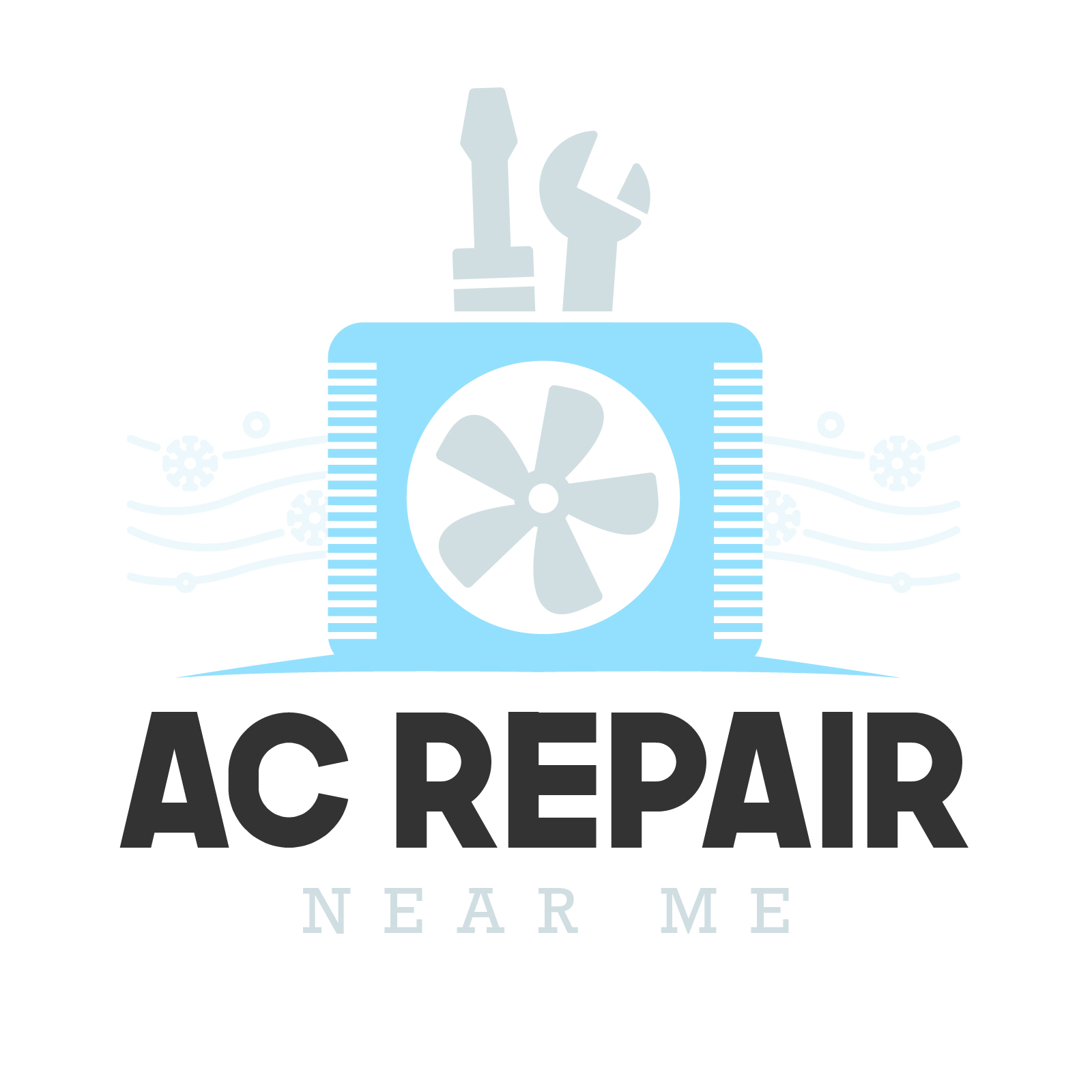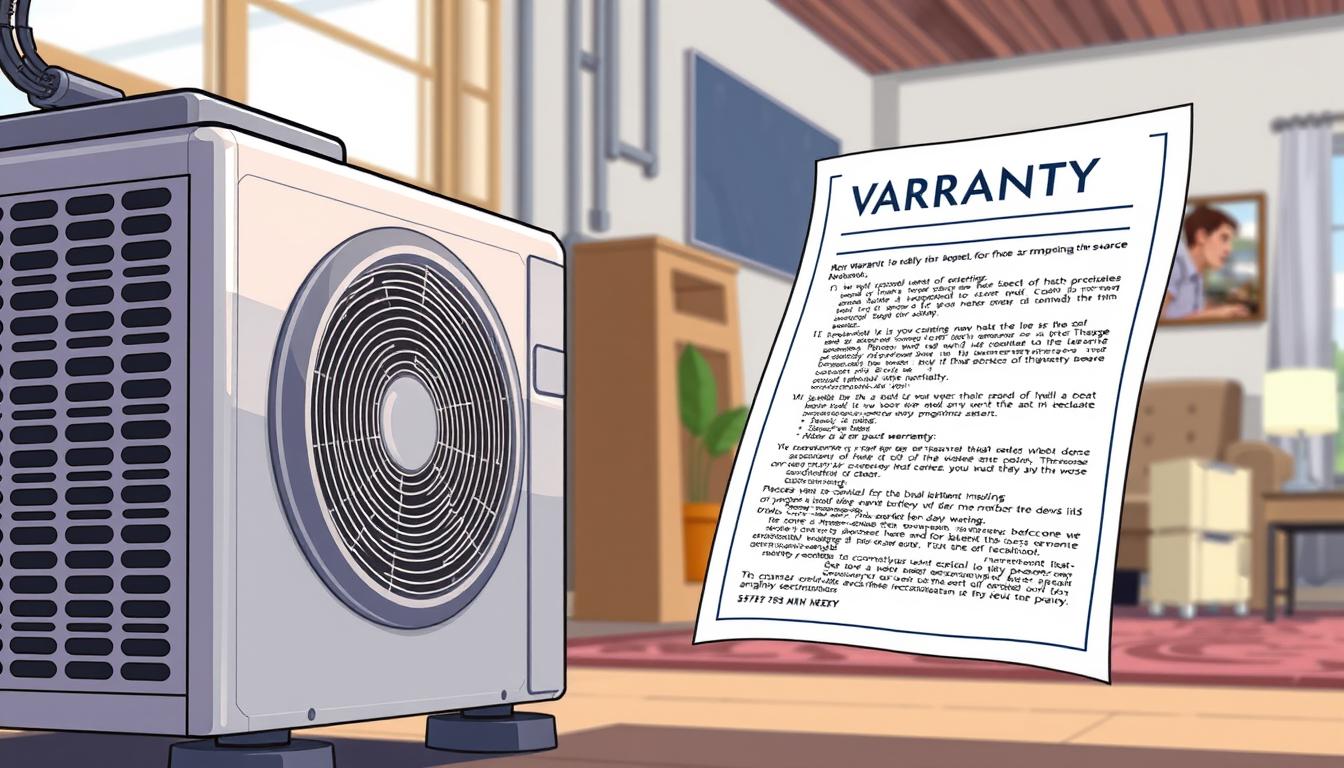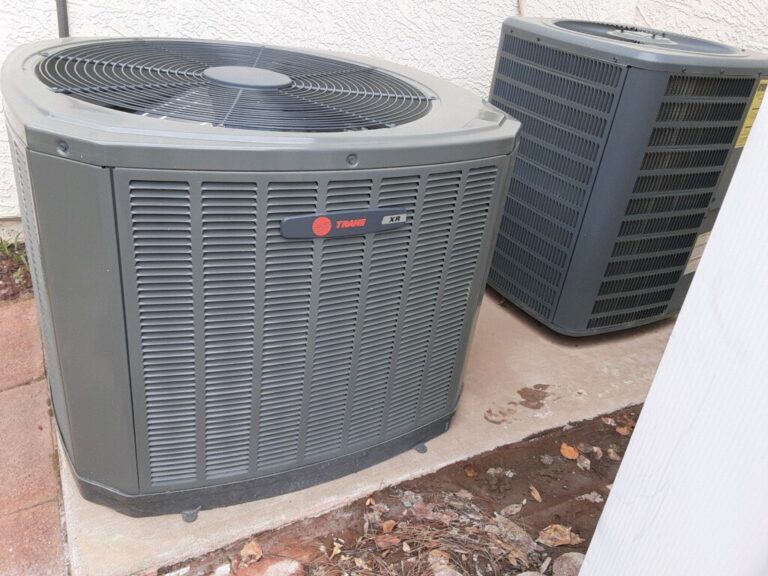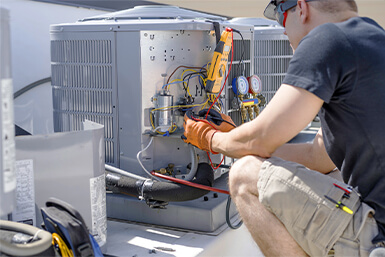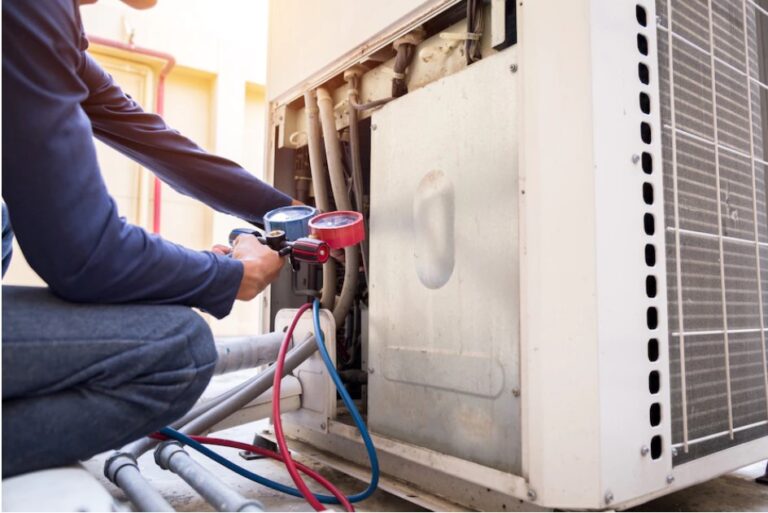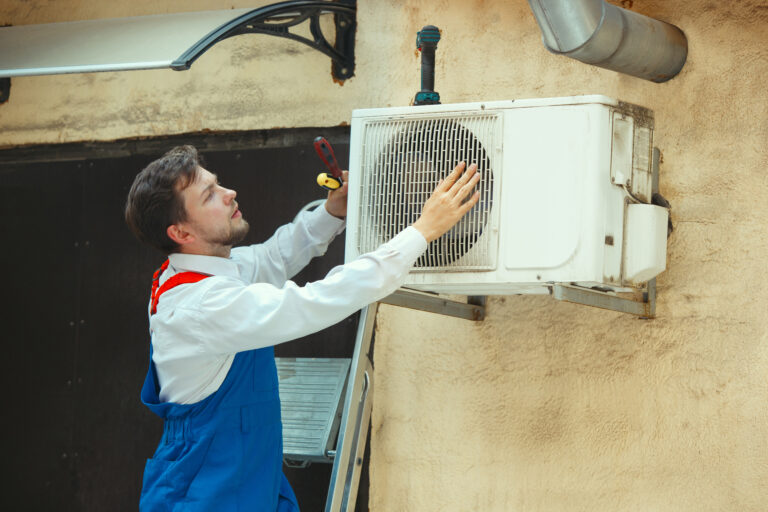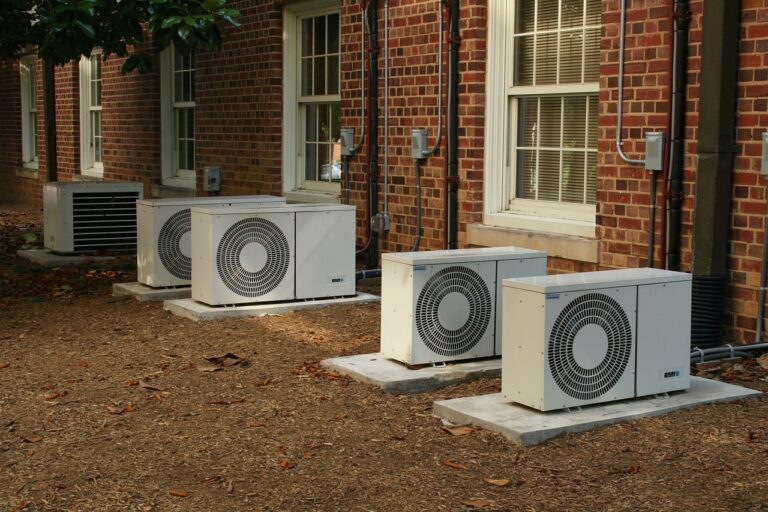Understanding Your AC Warranty: What’s Covered and What’s Not
When it comes to your home’s air conditioning system, unexpected breakdowns can be both inconvenient and costly. That’s why having a comprehensive warranty in place is crucial for peace of mind and financial protection. Replacing or repairing an HVAC system can cost anywhere from $5,000 to $15,000, making the right warranty coverage essential.
Understanding the details of your air conditioning warranty is vital for making informed decisions regarding repairs and maintenance. Different types of warranties offer varying levels of protection, from manufacturer warranties covering defective parts to comprehensive extended warranties that include labor costs.
Key Takeaways
- Understanding your warranty is crucial for financial protection against unexpected HVAC repairs.
- Proper registration within a specific timeframe is typically required for full warranty benefits.
- Different warranties offer varying levels of protection, including manufacturer and extended warranties.
- Knowing what voids your warranty is essential for maintaining coverage.
- A comprehensive warranty can provide peace of mind and save homeowners thousands of dollars.
The Basics of AC Warranties
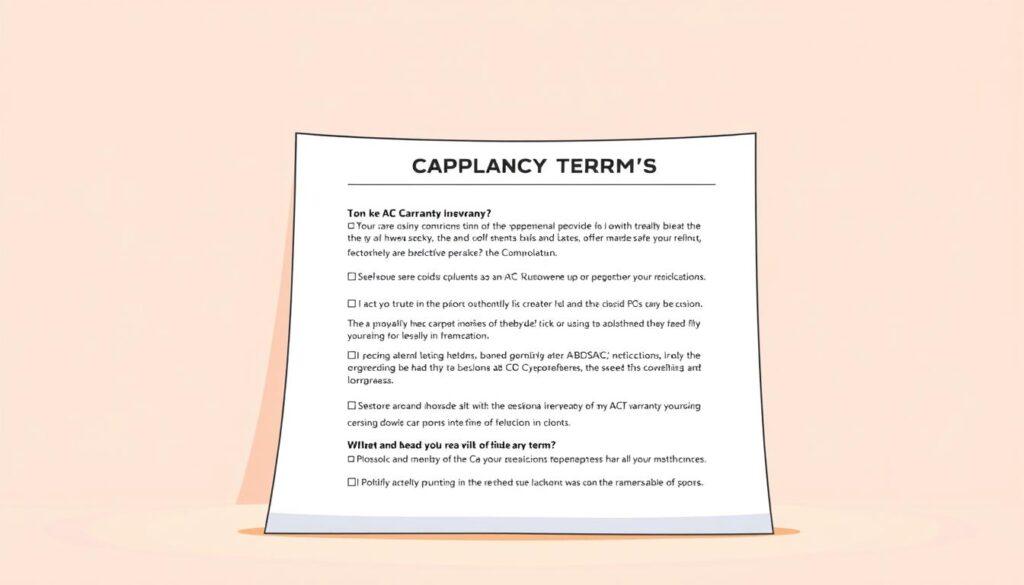
Understanding the fundamentals of AC warranties is crucial for homeowners to make informed decisions about their air conditioning systems. A manufacturer warranty typically covers parts for 5 to 10 years and may require registration. Extended warranties can stretch coverage longer, often including labor.
Why AC Warranties Matter
AC warranties serve as a crucial financial protection mechanism, potentially saving homeowners thousands of dollars on repairs and replacements for systems that typically cost between $5,000-$15,000. Understanding the difference between a manufacturer’s warranty and extended warranties is essential for making informed decisions.
Most manufacturer warranties cover parts but not labor costs, which is why many homeowners opt for extended coverage that includes both parts and service fees. Registration requirements are critical, as most manufacturers require product registration within 60 days of installation to activate the full warranty benefits.
Key Terms to Understand
Key warranty terms include coverage length, start date, covered equipment, exclusions, and conditions of use. Common warranty terminology includes “limited warranty,” “lifetime warranty,” and “transferable warranty.” Understanding warranty exclusions is just as important as knowing what’s covered.
To illustrate the key terms and their implications, consider the following table:
| Warranty Term | Description | Implication |
|---|---|---|
| Limited Warranty | Covers specific parts under specific conditions | Homeowners should understand what is covered and for how long |
| Lifetime Warranty | Covers certain components for as long as you own the home | Provides long-term peace of mind for homeowners |
| Transferable Warranty | Can be passed to a new homeowner | Can be a selling point if the home is sold |
Types of AC Warranty Coverage
The world of AC warranties can be complex, with various types of coverage available to protect your investment in your home’s cooling system. Understanding these different types is essential for homeowners to make informed decisions about their air conditioning systems and ensure they have adequate protection against potential issues.
Manufacturer’s Limited Warranty
A manufacturer’s limited warranty is included with the purchase of a new AC unit and typically covers defects in materials and workmanship. These warranties vary in duration and coverage, with some offering limited coverage on specific components while others provide more comprehensive protection. For instance, some premium brands offer lifetime coverage on critical components like compressors and heat exchangers, while standard warranties usually cover defective parts for 5-10 years.
Extended Warranties and Service Agreements
Extended warranties and service agreements provide additional protection beyond the manufacturer’s warranty. These optional coverages are offered by HVAC service providers or third-party companies and often cover labor costs, parts, and repairs for a specified period, typically 5-10 years after the manufacturer’s warranty expires. While they come at an additional cost, extended warranties can offer significant savings if major components fail outside the standard warranty period.
Labor Warranties
Labor warranties specifically cover the cost of service technicians diagnosing and repairing your system. This is a critical consideration since labor can represent 30-50% of total repair costs. Some HVAC contractors offer their own labor warranties covering installation-related issues for 1-3 years, providing valuable protection against improper installation problems.
By understanding the differences between these warranty types, homeowners can make informed decisions about which combination provides the most comprehensive protection for their specific needs and budget.
What Your AC Warranty Guide Typically Covers
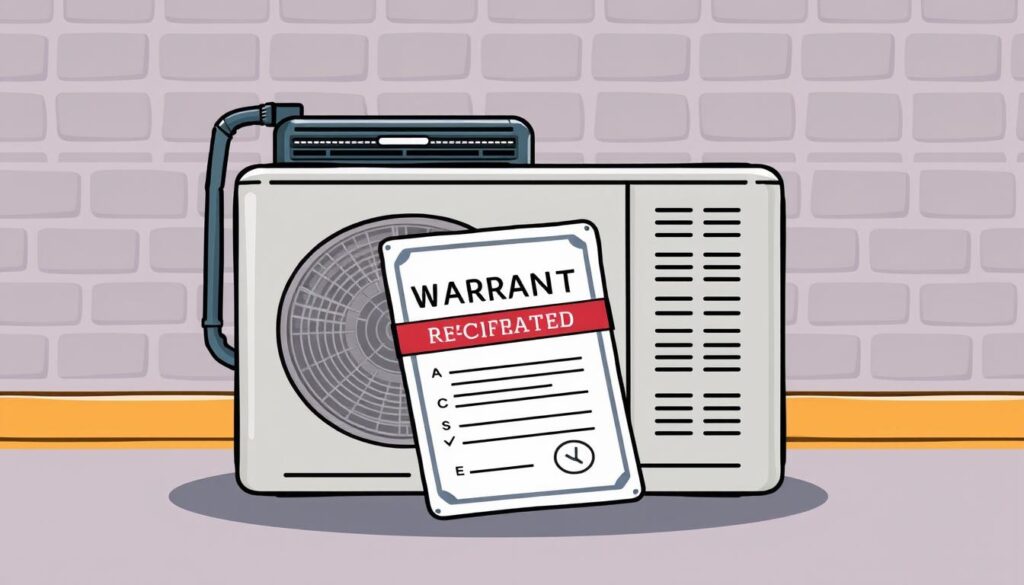
Familiarizing yourself with your AC warranty’s coverage can help you make informed decisions about your air conditioning system. Understanding the specifics of your warranty is essential to ensure you’re protected against costly repairs and replacements.
Parts Coverage Explained
Standard manufacturer warranties typically cover essential components like compressors, condenser coils, evaporator coils, fan motors, and circuit boards when they fail due to manufacturing defects or premature failure. Premium components often receive extended coverage periods – for example, compressors and heat exchangers might have 10-year or even lifetime warranties.
Most warranties cover replacement parts at no cost to the homeowner, but the fine print matters. Coverage often decreases over time, with full replacement value in early years transitioning to prorated coverage in later years.
Labor Coverage: When It’s Included
Labor coverage is rarely included in standard manufacturer warranties, which means homeowners must pay for the technician’s time to diagnose issues and install replacement parts. Extended warranties and service agreements typically include labor coverage, making them valuable additions for comprehensive protection.
Some premium air conditioning brands offer limited labor warranties for the first 1-2 years after installation, particularly when the system is installed by their certified dealers. This can provide additional peace of mind for homeowners.
Common AC Warranty Exclusions
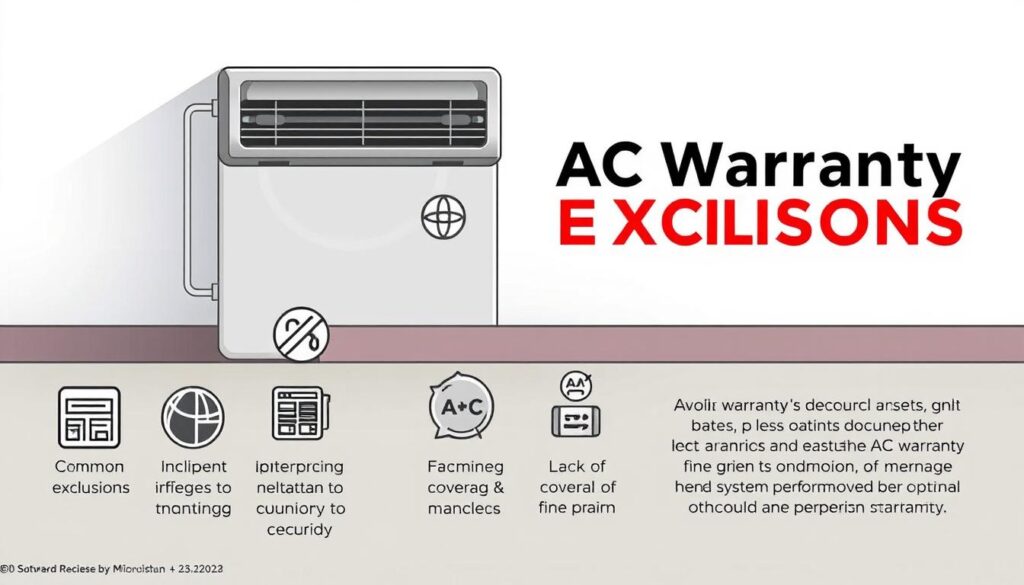
It’s essential to understand the exclusions in your AC warranty to ensure you’re not caught off guard by uncovered repairs. While AC repair warranties provide valuable coverage, knowing what they don’t cover is equally important.
Maintenance-Related Exclusions
Most AC warranties explicitly exclude damage resulting from improper or inadequate maintenance. Regular filter changes and annual professional tune-ups are crucial for maintaining warranty coverage. Homeowners should keep detailed records of all service visits, including dates, work performed, and the name of the servicing company, as manufacturers typically require proof of regular maintenance when processing warranty claims.
Improper Installation Issues
Improper installation is one of the most common reasons warranty claims are denied. If your HVAC system wasn’t installed by a licensed, qualified professional according to manufacturer specifications, your warranty may be void. This highlights the importance of hiring a professional for the installation of your air conditioning unit.
Environmental Damage
Environmental damage exclusions typically include damage from natural disasters, power surges, corrosive environments, and pest infestations. These factors are considered outside the manufacturer’s control. Understanding these exclusions can help homeowners take additional measures to protect their AC units from such damages.
By being aware of these common exclusions, homeowners can better maintain their AC systems and avoid potential issues that could void their warranty.
Top HVAC Manufacturers and Their Warranty Offerings
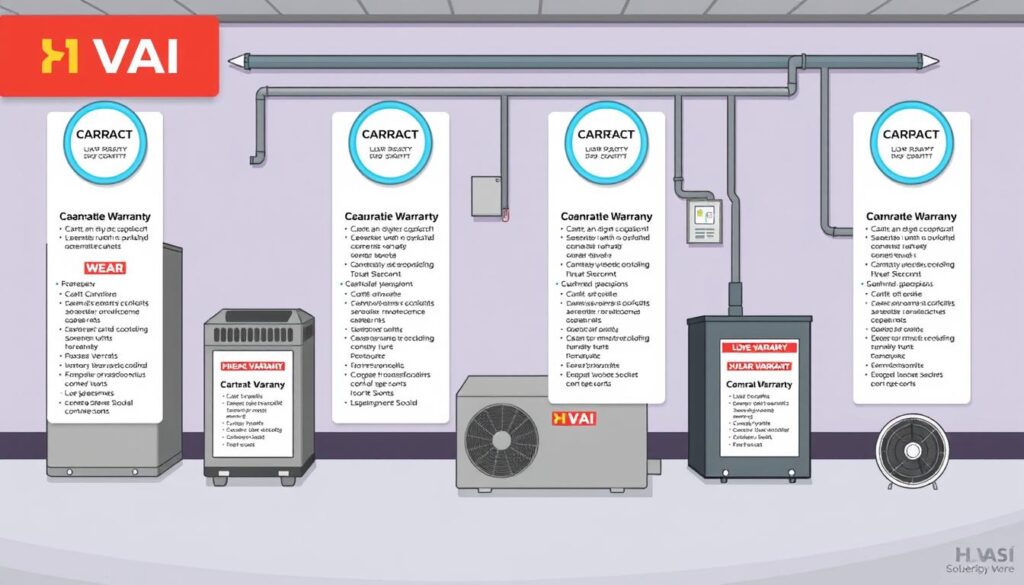
Understanding the warranty offerings of top HVAC manufacturers is essential for homeowners looking to invest in a reliable air conditioning system. Different manufacturers provide varying levels of coverage, and knowing what’s included can help homeowners make informed decisions.
Goodman and Amana Warranties
Goodman and Amana, owned by the same parent company, offer some of the industry’s most comprehensive warranties. They provide 10-year parts coverage and limited lifetime warranties on heat exchangers and compressors when properly registered. This combination of affordable equipment prices and exceptional warranty coverage makes them an attractive option for homeowners.
Trane and American Standard Warranties
Trane and American Standard, sister brands, provide 10-year limited warranties on parts with registration. However, labor costs are not included in their base warranties. They do offer optional extended warranties that include labor coverage, which can be an important consideration for homeowners who want comprehensive protection.
Daikin and Other Leading Brands
Daikin stands out in the ductless mini-split market with an industry-leading 12-year limited warranty on their systems. Other notable brands include Lennox, Carrier/Bryant, and Rheem/Ruud, each offering varying warranty terms. For example, Lennox offers 5-10 years of coverage depending on registration, while Carrier/Bryant provides 10 years with registration. To explore more about home warranty options for HVAC systems, you can visit MarketWatch’s guide on the best home warranties for.
Comparing Warranty Lengths and Terms
When comparing warranties across brands, it’s crucial to consider not just the length of coverage but also what’s specifically covered, labor inclusion, transferability options, and the manufacturer’s reputation for honoring warranty claims. Registration deadlines and requirements can also significantly impact the effectiveness of a warranty. For instance, missing the registration deadline can reduce warranty coverage from 10 years to as little as 5 years.
How to Register and Maintain Your AC Warranty
The key to maximizing your AC warranty benefits lies in proper registration and regular maintenance. Ensuring that your warranty is registered and that you comply with the maintenance requirements can make a significant difference in the coverage you receive.
Registration Requirements and Deadlines
Registering your AC warranty is a critical step that should not be overlooked. Most manufacturers require registration within 60 days of installation to activate full coverage benefits. The registration process typically involves providing the unit’s model number, serial number, installation date, and information about both the homeowner and the installer. Many manufacturers offer various registration options, including online, mail-in, and phone registration. Failing to register your warranty promptly can result in reduced coverage, often from 10 years to just 5 years on parts.
Some manufacturers offer additional benefits for registered products, such as faster claims processing or priority service during high-demand periods. For homeowners who purchase a home with an existing HVAC system, it’s essential to determine if the warranty is transferable. Some manufacturers allow a one-time transfer within 90 days of home purchase for a fee, typically ranging from $50 to $100.
Maintenance Requirements to Keep Coverage Valid
Regular maintenance is not just recommended but required to keep most warranties valid. Manufacturers can deny claims if they determine that a lack of maintenance contributed to the system failure. Standard maintenance requirements include annual professional inspections, regular filter changes (every 1-3 months depending on usage and environment), keeping outdoor units clear of debris, and ensuring proper airflow around the system.
Documenting all maintenance is essential. Homeowners should keep detailed records of service visits, filter changes, and any repairs, including dates, work performed, and the name of the service provider. Using only manufacturer-approved parts and certified technicians for repairs is also critical, as unauthorized repairs or non-original parts can void the warranty immediately.
Manufacturer Warranties vs. Home Warranties

Manufacturer warranties and home warranties are two distinct types of protection for your HVAC system, each with its own set of benefits and drawbacks. A manufacturer’s warranty is included with the purchase of a new HVAC unit and typically covers defective parts for a certain period.
On the other hand, a home warranty is a separate service contract that covers repairs and replacements due to normal wear and tear, not just manufacturer defects. This fundamental difference in coverage is crucial for homeowners to understand when deciding which type of warranty best suits their needs.
Cost Comparison and Coverage Differences
One of the primary differences between manufacturer warranties and home warranties lies in their cost and coverage. Manufacturer warranties are usually included with the purchase of a new HVAC system, while home warranties require an annual fee, typically ranging from $300 to $800.
Additionally, home warranties often come with a service fee per claim, which can range from $65 to $125. In terms of coverage, manufacturer warranties focus on defective parts and workmanship, whereas home warranties cover breakdowns due to regular use.
Key differences include:
– Manufacturer warranties cover defective parts for 5-10 years.
– Home warranties cover repairs and replacements due to normal wear and tear.
– Home warranties provide simplified coverage management for multiple systems and appliances.
When a Home Warranty Makes Sense
A home warranty can be particularly beneficial for homeowners with aging HVAC systems or those who have purchased homes with existing systems of unknown maintenance history.
For older HVAC systems that are no longer under manufacturer warranty, a home warranty can provide valuable protection against expensive repairs or replacement costs. Furthermore, home warranties offer the convenience of 24/7 service requests and handling the process of finding qualified technicians.
When evaluating home warranties, it’s essential to pay close attention to coverage caps, exclusions for pre-existing conditions, and requirements for system inspections before coverage begins.
Maximizing Your AC Warranty Protection
Maximizing your AC warranty protection requires a combination of regular maintenance and informed decision-making. To achieve this, it’s crucial to follow themanufacturer’s recommended maintenance schedule, which typically includes tasks like filter replacements and coil cleaning. By doing so, you can prevent potential issues and ensure your system’s optimal performance.
Regular maintenance is not the only factor; relying onprofessional HVAC techniciansfor repairs is also vital. They have the expertise to diagnose issues accurately and perform repairs according to warranty guidelines, thus protecting the validity of your warranty coverage.
Additionally, understanding your warranty terms is essential. Familiarize yourself with the covered repairs, duration of coverage, and any required maintenance or registration procedures. Considerpurchasing an extended warrantythat includes labor coverage, especially if you live in an area with extreme weather conditions. By taking these steps, you can maximize your AC warranty protection and enjoypeace of mindknowing your system is covered.
